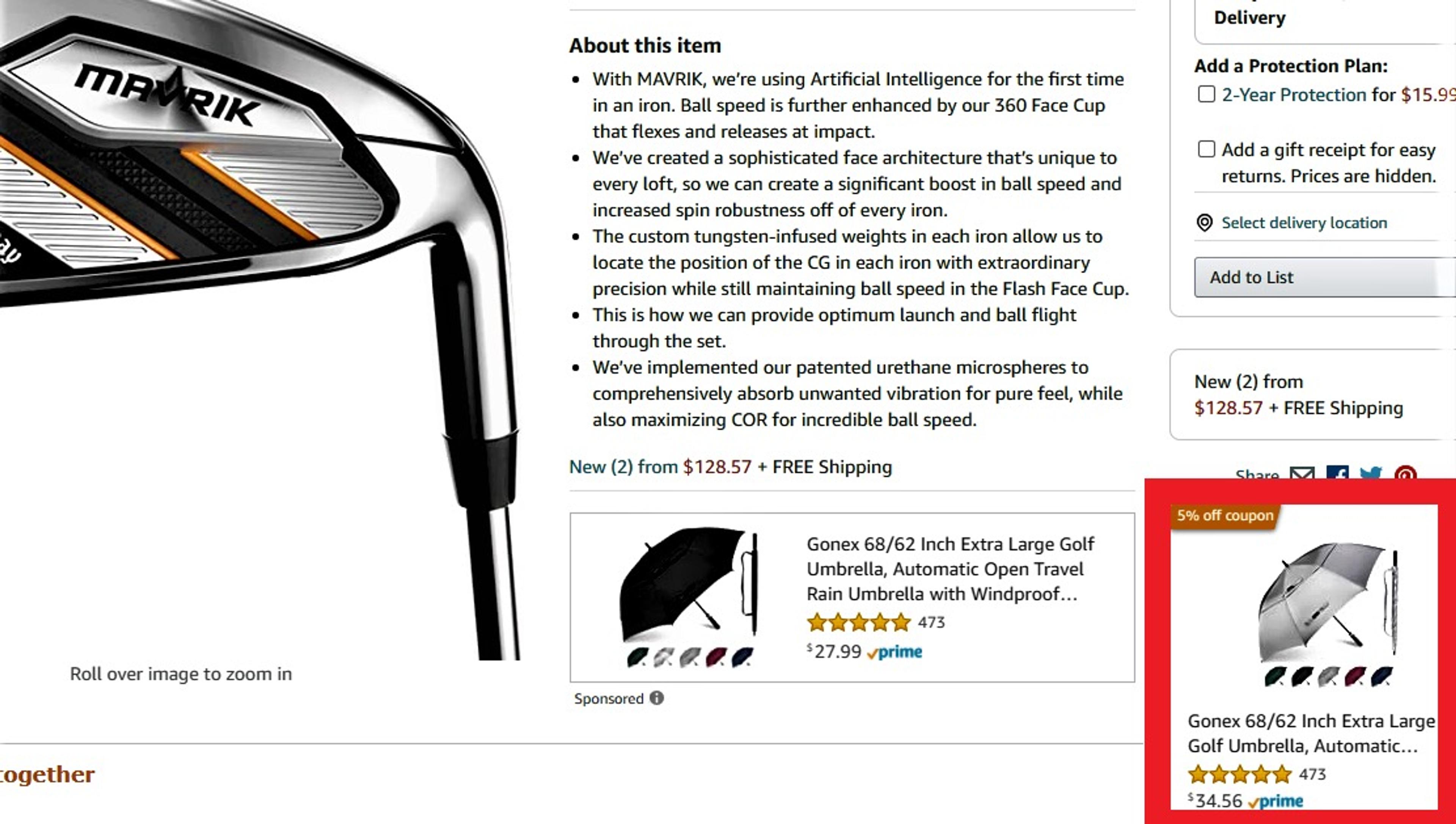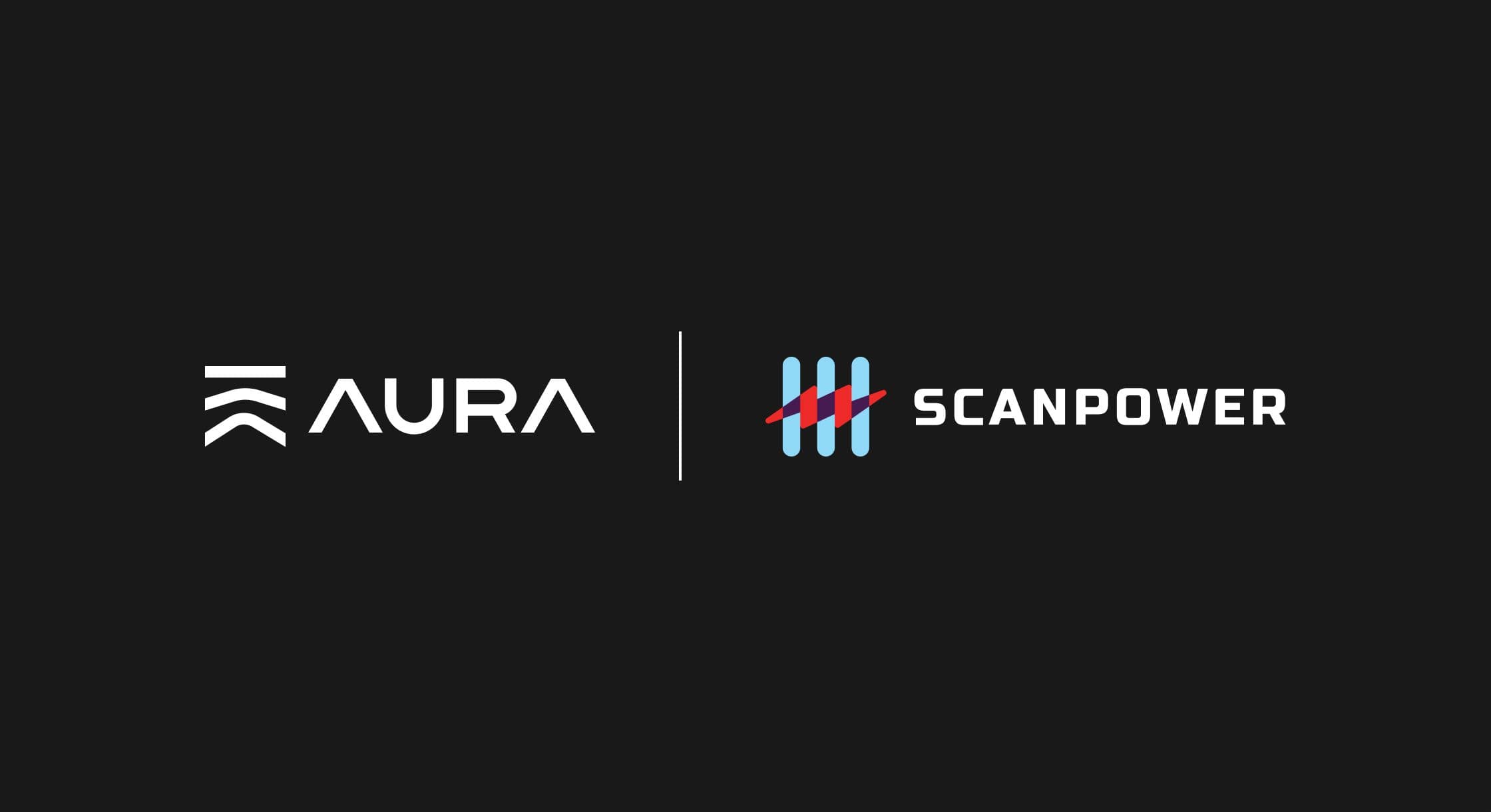/Everything To Know About Amazon PPC

Everything To Know About Amazon PPC
Sales cannot be made if a product isn’t noticed in the market. For that reason, product visibility is one of the highest concerns online sellers have. This is most prevalent on Amazon where endless businesses are in competition with you. This is why Amazon PPC (Pay Per Click advertising) is available.
Amazon PPC is an Amazon advertising tool that can boost your brand awareness on Amazon’s website. You may know this popular feature as ‘Sponsored Products.’
What is Pay-Per-Click advertising?
It is a model Amazon uses where advertisers only have to pay a fee when a potential customer clicks on and views an ad. Hence, the name of this tool. With many sellers using this feature, strategy is the key to success.
While we will get into that, you must know the foundation of Amazon PPC first. It can help boost revenue and brand awareness when executed.
There are 3 types of Amazon PPC advertisements you can run.
1. Sponsored Products
Sellers can target different product ads at keyword matches. Sponsored product ads have a great click-to-sale rate. An example of this is if I sell phone cases on Amazon and list my keyword as ‘phone cases.’
If a shopper searches for that exact keyword, my Amazon sponsored display ads can show up on the screen. This type of sponsored products ad is on the right side of the search results page and on the product details pages.
2. Sponsored Display Ads

Product display ads are on the search results page and on the right side of the product detail pages under the Buy Box. This type of Amazon PPC ad is a different option as they're paired with product ASINs.
It has its name because the ads show a display of pictures of the promoted product. Different from the other Amazon ad types, businesses can use this to target related products, categories, and interests - not an exact keyword.
3. Sponsored Brand Ads
These ads are on Amazon’s search results page. Advertisement locations include at the website headline as a banner ad, or in 3 different places under the fold in the search results. This option is the most customizable one as sellers can choose from brand or product pages, or from a custom URL.
You can edit the copy content. Seeing you promote a whole brand with these ads, you can show several types of products you sell, not one. The main reason business choose this type is strictly to increase visibility.
An example of this is if I sell golf gear on Amazon. Through Sponsored Brands ads, I can promote gloves, tees, and hats all in one ad placement.
Be prepared to compete through the Auctioning Method.
However, sellers can’t post advertisements whenever and however they want on Amazon. Just like a low-price bid is the competitive way to win the Buy Box, an auction takes place to win ad space. Except with Amazon PPC, it’s the highest price that wins.
The auction is based on cost-per-click (CPC). Through this, business submit a bid, which offers the maximum ad spend they are willing to pay for the ad. The highest bidder owns the Amazon ad space.
The winning CPC will end up paying only 1 cent more than the 2nd place bid cost. Usually, the average CPC seller costs are from 5 cents to $3. Amazon PPC costs differ by product type, category, and demand. There is no CPC limit and supply and demand control the PPC rates.
There are also great alternatives to this selling tool if you think it’ll take up too much time and money. One tool is an Amazon repricer where it will allow you to be hands-off in building visibility and sales, while being just as effective. More details are at the bottom of this article.
Benefits of Amazon PPC
- Boosts Awareness
This tool allows new business to compete with established business. If you’re reading this and have recently started selling, you can attest that high-selling products are always ranking the highest in the search results. So, investing in a Amazon PPC campaigns will help your products be more noticed among them to your target market.
- Improve Organic Rankings
Organic rankings are the product listings on Amazon that are below the paid advertisements. Organic rankings are natural, but Amazon PPC can help you improve in that sector. We know the higher up on the screen a product listing is, the increased rate of business. That's why it's recommended that you learn how to do listing optimization before running Amazon PPC campaigns.
So with this tool, the more sales you earn through Amazon PPC, the higher up your product is placed.
- Increase Sales
This one is a given after the previous 2 points. It is a process to fully reap the benefits though, as you will not see high rankings to earn more sales overnight. But if you stay consistent, you’ll notice a positive correlation between ads and sales.
Who Amazon PPC is for & When to start using it
It is for Amazon business sellers. The sellers must have a Professional Plan account. This is sufficient if you just want to use a Sponsored Products campaign. If you want to use Sponsored Brands ads, it’s required you have Brand Registry. Amazon Brand Registry is for intellectual property purposes to be on headlines.
It’s also for a seller in any life stage of business. As a seller, you should start specific Amazon PPC ads right upon a new product listing. An option for more established brands is to start an ad campaign once a new product listing gets several reviews first. This tells the target audience that your product and brand have credibility.
Sellers in both Vendor Central and Seller Central can use this tool.
Amazon PPC is also for first party and third party sellers. To clarify, vendors and sellers have separate meanings. First party sellers use Vendor Central. These business are larger businesses in size, like manufacturing distributors, and they sell products to Amazon, not Amazon’s customers.
If you are a vendor, you automatically have the professional plan, so you don’t have to worry about that. The main Amazon PPC ads these business promote are Headline Search Ads.
Third party sellers, the most common type of Amazon sellers, use Seller Central. They sell products directly to customers or shoppers on Amazon. Third party sellers have the choice to choose either the individual or professional plan. So be sure to choose professional to be eligible for PPC. The main ads these business use is the Sponsored Products method.
Essentials To Know Before You Go
You have to understand the basics of Amazon PPC, or else you will be lost. You must know the terminology and actions to take early on. To me, the 5 essential parts of this tool you should know are: targeting, keywords, terms, bidding, and campaigns.
While it may seem contrary, negative keywords can be used to discount certain search terms for keywords. This can save businesses money in ad costs because it lowers the amount of non buyers clicking on ads, wasting your money.
1. Targeting
There are different options when planning where to target Amazon PPC ads campaigns. Ads target a keyword, product category, or ASIN. You decide this before launching the campaign.
2. Keyword
While we’ve been touching on this, I should explain what a keyword really is. First, it is not a search term. A keyword is what a seller thinks resembles a word that the target market would search to find a product. This is how a seller places an ad on the target’s screen.
3. Search Terms
This is the word-by-word searches shoppers type in the query box. It’s just like what anyone types into Google. Keywords connect to the broad match search terms.
4. Bidding
There are 2 types of bids that sellers can use for auctions - fixed bids and dynamic bids. The fixed are consistent ad spend amounts, whereas Amazon automatically changes dynamic bids through current data analysis. Advertisers can also adjust bids themselves to target locations, like Amazon’s product details page or search results page.
5. Campaigns
There are automatic and manual campaigns. An Automatic campaign allows Amazon to run and match ads for you. You have to trust Amazon to smartly match keywords to search terms. With a manual campaign, you can personally choose and match keywords to run. Though it does take a little more time to construct, the manual way tends to be more precise.
What are the different Keyword Match Types?
Manual campaigns let Amazon choose the PPC keyword type to save you time on keyword research. Once you decide on a keyword, you can choose when to display the advertisement. But the 3 keyword match types are broad match, phrase match, and exact match.
Broad Match Keyword Type
Regardless of synonyms misspellings, or order, an ad can still match and display. Like the picture above, a golf umbrella seller targeted a golf club shopper. This type matches search terms that not only match keywords, but it matches any component related to the keyword.
Words from the search can be in any order, so this creates a large funnel to distribute ads. While this can heavily boost visibility, it can be expensive from generating many clicks to pay for and it may not be as effective.
Phase Match Type
The phrase match type is a similar idea, but the search term has to be in the same order as the keyword components. But it can still be a match even if more words are written before or after the keyword in the search term.
This way, you can still generate a lot of clicks, and they’ll be a little more effective because the matches are more concentrated.
Exact Match Type
This type only matches terms to keywords when the exact components and word order is entered into the search query. While exact match doesn’t make your product or brand as visible as the other types do, it most accurately targets the intended audience.
This is because ads will display to shoppers who search specifically for the advertiser’s product.
Optimizing an Amazon PPC Campaign
Now you have all the base background knowledge on what Amazon PPC is and how it works. Next, you have to put it into action with an Amazon advertising campaign. Here are the steps to effectively getting started to do so:
- Optimize Keywords and Listings.
All keywords should be relevant in the product listing content. The listing must contain great quality pictures and influential text.
- Utilize the Automation Campaign to get Keywords and Search Terms.
Don’t waste time personally finding the optimal keywords and search terms. Let the automation determine that for you. This’ll also be more accurate.
- Switch effective search terms to a Manual Campaign.
Yes, you can use both campaigns for Amazon PPC! For the reasons I explained earlier, a manual ad campaign is best to work with after keyword research is completed.
- Name the Campaign.
This can be any name relevant and related to the brand or product or deal.
- Create a daily budget.
On average, sellers set a $20 daily budget for 3-5 days and default bid for around $5.
- Analyze Campaign after it’s released.
See the effectiveness of the ACoS of keywords, their impressions, and conversion rate. ACoS stands for Advertising Cost of Sales, meaning how much money it costs to generate a sale from using pay per click PPC advertising.
ACoS for Campaign Analysis
The formula to figure out your ACoS is = Total Amazon Advertising Cost / Total Sales. This is vital to analyzing the effectiveness of a seller’s campaign. To rank yourself compared to other sellers, note that the average Amazon ACoS is between 29 and 31%. Utilizing Amazon PPC can help regulate that percent for you.
If you want to figure out your personal target percentage, you have to use the break-even target ACoS advertising cost formula. Traditionally on Amazon, it will be ‘Sale Price – Amazon Fees – Cost of Good = Total Cost’. Then, divide Total Cost by Sale Price to get your percentage. As long as you continue to fulfill sales under the break-even percentage, your business will be profitable.
Doing this can let you know what’s working and what is not.
*For more details on PPC campaigns, click here.
An Alternative Selling Tool for Your Business
Amazon PPC is a lot to get used to, as you can probably notice. There are a lot of ways to mess up if you don’t know exactly what you’re doing. It can be difficult for sellers to know exactly how much to budget, what keywords to use, and when to transfer the campaign. That’s why there are alternatives for those who are not inclined to use Amazon PPC.
A tool that is just as and can be even more effective is an Amazon repricer. An example of this is our Aura Repricer. This selling software will boost your visibility and sales differently, and it’ll take a lot more pressure off you.
Instead of bidding and paying for each ad, an Aura subscription can optimally reprice your listings. This will help you repeatedly own the Buy Box where over 80% of Amazon sales occur.


